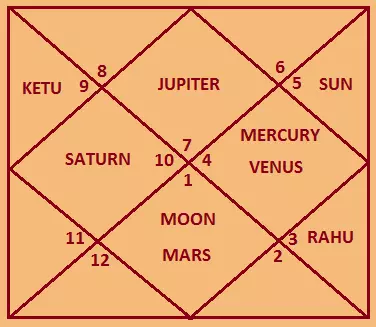Dakshinayana in Astrology or Jyotish

Best Astrologer in India: - Dr.A.S.Kalra


Dakshinayana in Indian Vedic Astrology
Dakshinayana refers to the southward movement of the Sun (Surya) in the celestial sphere, as per Indian Vedic tradition. It marks the second half of the solar year and is one of the two key phases of the annual solar cycle—the other being Uttarayana.
What is Dakshinayana?
Dakshinayana begins when the Sun enters the zodiac sign of Cancer (Karka Rashi), usually around July 16th every year. From this point onward, the Sun appears to move southward in the sky, indicating a shift in energy toward introspection and spiritual discipline.
Astrological and Spiritual Significance
- Dakshinayana is considered a more introspective and disciplined period in Vedic astrology.
- While not inauspicious, it is generally associated with penance, austerity, and spiritual growth.
- It is the time of the year when nights become longer and the sun's energy is considered to be less intense.
- This phase is associated with the pitru loka (ancestral realm), and hence Shraddha rituals are commonly performed during this time.
Dakshinayana vs Uttarayana
The year is divided into two solar halves:
- Uttarayana: Mid-January to mid-July – Northward journey of the Sun starting from Makar Sankranti.
- Dakshinayana: Mid-July to mid-January – Southward journey of the Sun beginning with Karka Sankranti.
Religious and Ritual Importance
Important rituals and observances such as Shraddha Paksha (Pitru Paksha), Chaturmasya Vrat, and Varsha Ritu festivals occur during Dakshinayana. Devotees often observe fasts and dedicate themselves to spiritual growth during this time.
Conclusion
In Indian Vedic Astrology, Dakshinayana is a period for spiritual reflection, honoring ancestors, and inner transformation. Understanding its importance allows individuals to align their actions with cosmic rhythms and harness this time for purification and spiritual upliftment.
